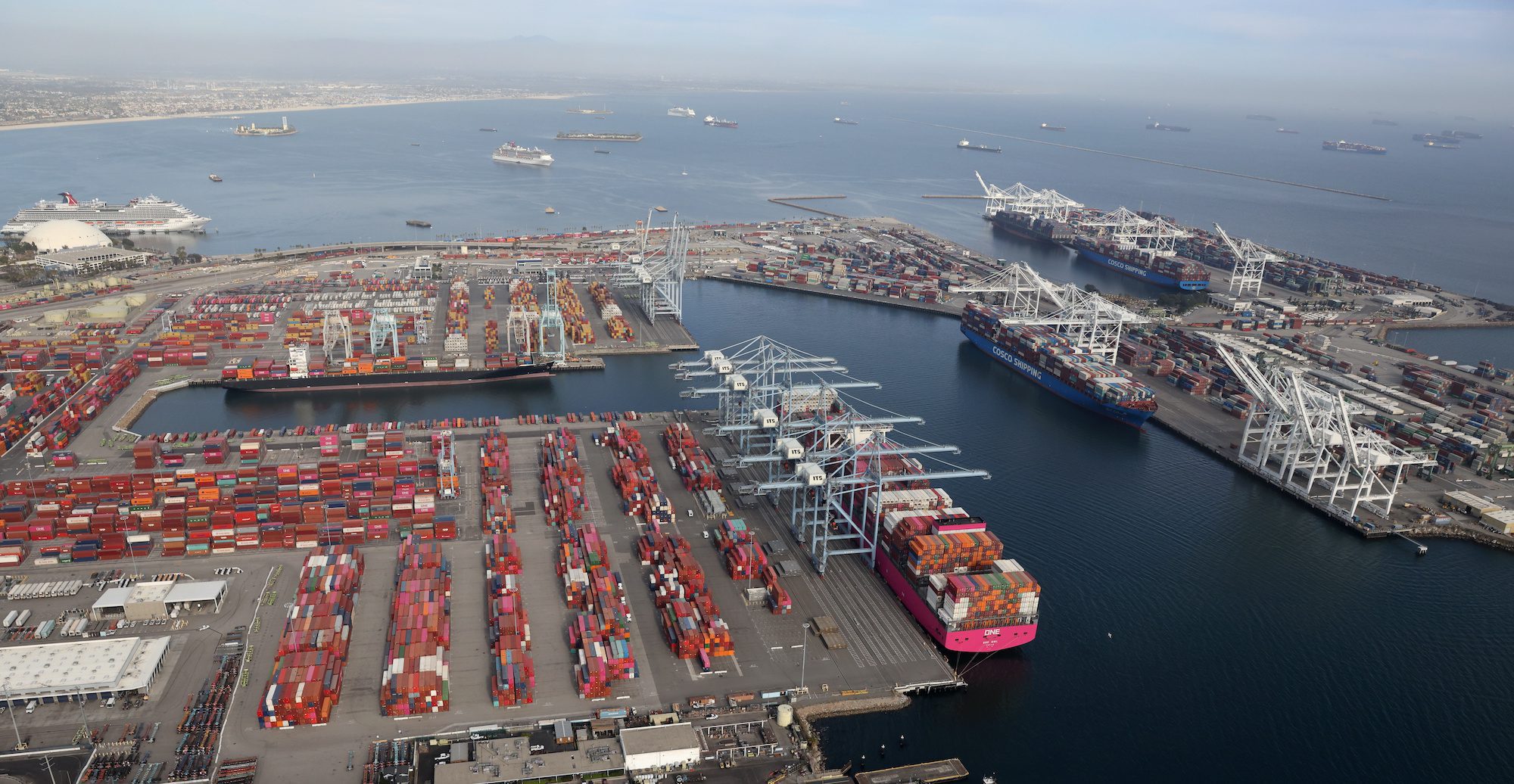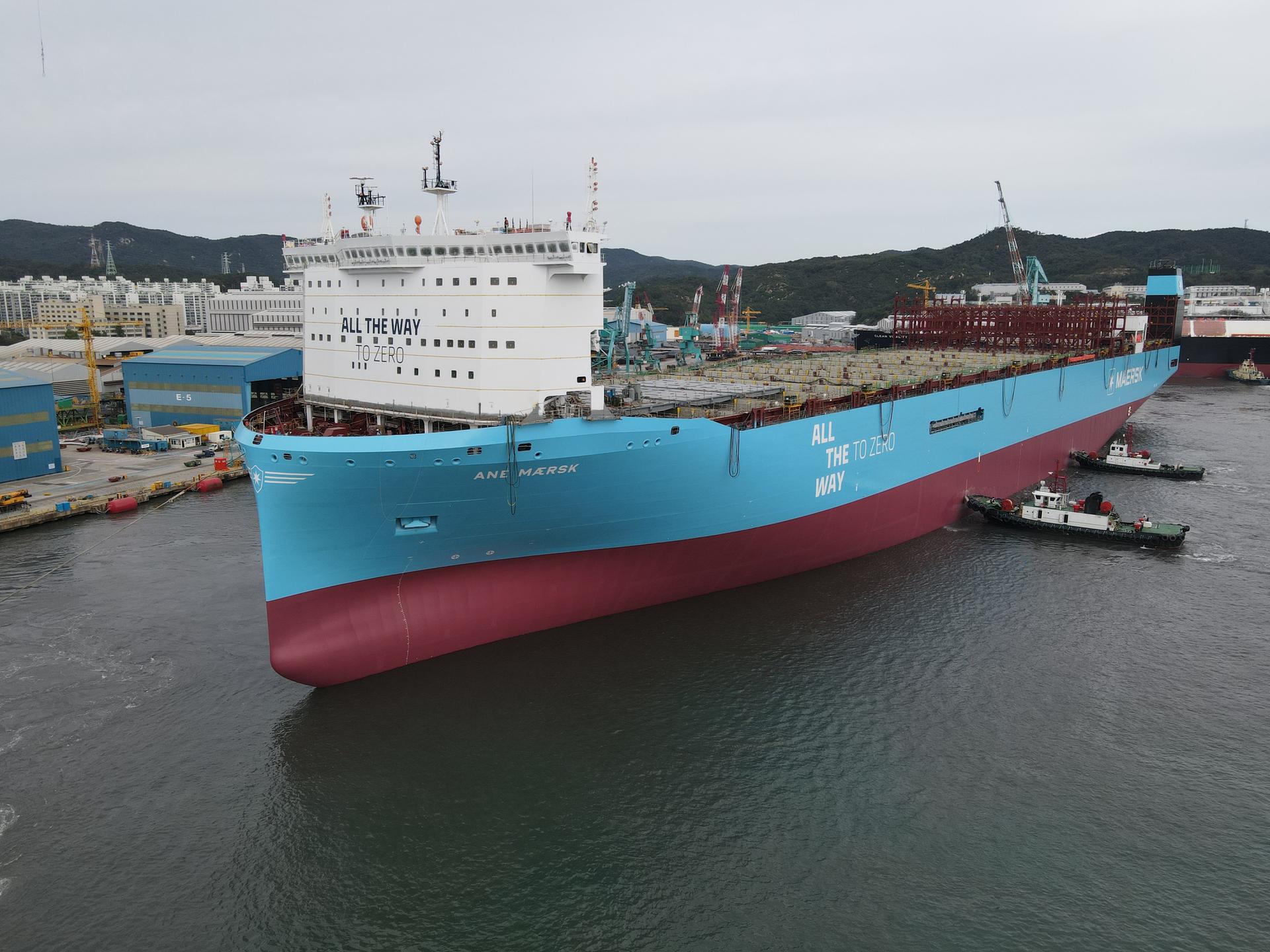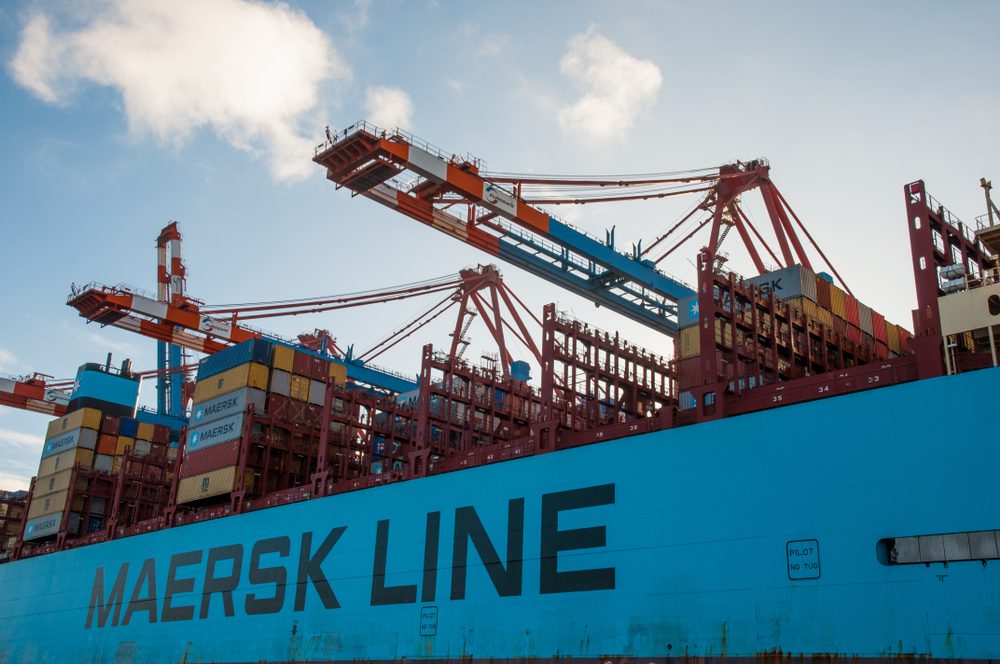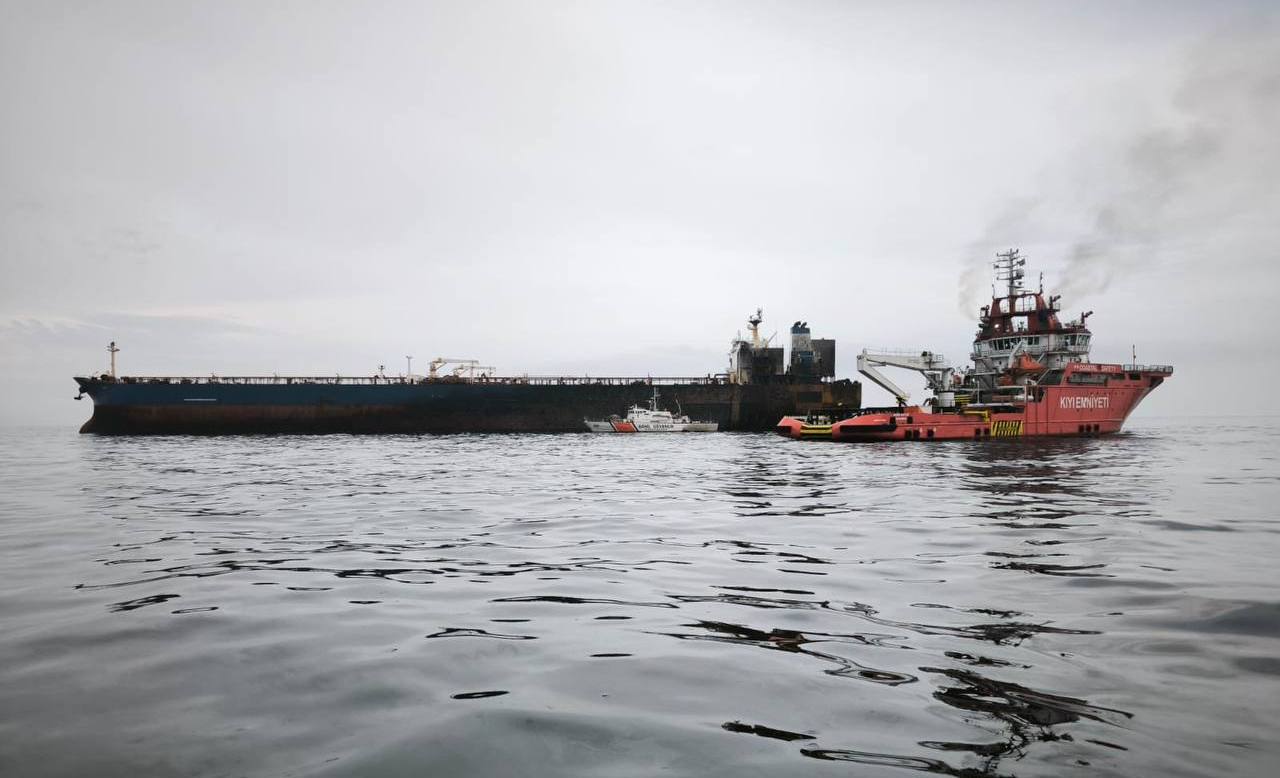New records are being set daily at the Los Angeles-Long Beach Port Complex as ships filled to the brim with cargo continue to pour into U.S. ports amid the unprecedented pandemic-driven import boom.
The Marine Exchange of Southern California said 142 total ships were in port on Tuesday, setting a new all-time record for a third time since Friday. Among them, a record 88 are containerships, including 56 at anchor – tied for the record set yesterday. Another 16 containerships are awaiting in nearby drift areas – another new all-time record.
In normal times before the pandemic, typically maybe one containership would be at anchor. But with strong consumer spending combined with retailers who are racing to stock shelves ahead of the holiday season, currently all regular and contingency anchorages are essentially full including all 10 spots in the Huntington Beach Contingency Anchorages, according to the Marine Exchange, which has tracked ship arrivals and departures at Los Angeles-Long Beach going back to 1923.
More than a year into the sustained import surge, the cargo boom shows little signs of stopping as we head into typical peak shipping season. The boom has strained supply chains and created a trade imbalance that has meant more boxes to leaving Los Angles-Long Beach empty than full as empty containers are repositioned back to Asia. At Los Angeles in July, the ratio of imports to exports rose to over 5 to 1, the widest gap on record, as loaded exports fell to the lowest level since 2005.
The Port of Long Beach in August kicked off peak shipping season with a bang, reporting its strongest August on record. Monthly cargo records at the port have now been set for 13 of the last 14 months, since the beginning of the surge in July 2020.
“It’s peak season now, but we’re likely to see continued cargo growth well into 2022,” said Mario Cordero, Executive Director of the Port of Long Beach, in releasing August’s numbers. “In order to stay on top of this cargo, ports will need to adapt. We will need to find the long-term solutions that will satisfy consumer demand, increase efficiency at the ports and reduce costs for our customers.”
While pandemic-fueled supply chain disruptions have hit retail imports growth, with double-digit growth now seen slipping into single digits, cargo deliveries are only being pushed back. As a result, some cargo anticipated to arrive in August may have been delayed into this month.
“Year-over-year growth isn’t as dramatic as it was earlier because we’re now comparing against months when most stores closed by the pandemic last year had reopened and retailers were stocking up again,” said Jonathan Gold, Vice President for Supply Chain and Customs Policy at the National Retail Federation. “We expected that. But we’re seeing issues ranging from port closures in Asia to ships lined up waiting to dock at U.S. ports. That’s creating continuing challenges as retailers work to supply enough inventory to meet demand.”
Sign up for our newsletter

 Join The Club
Join The Club











